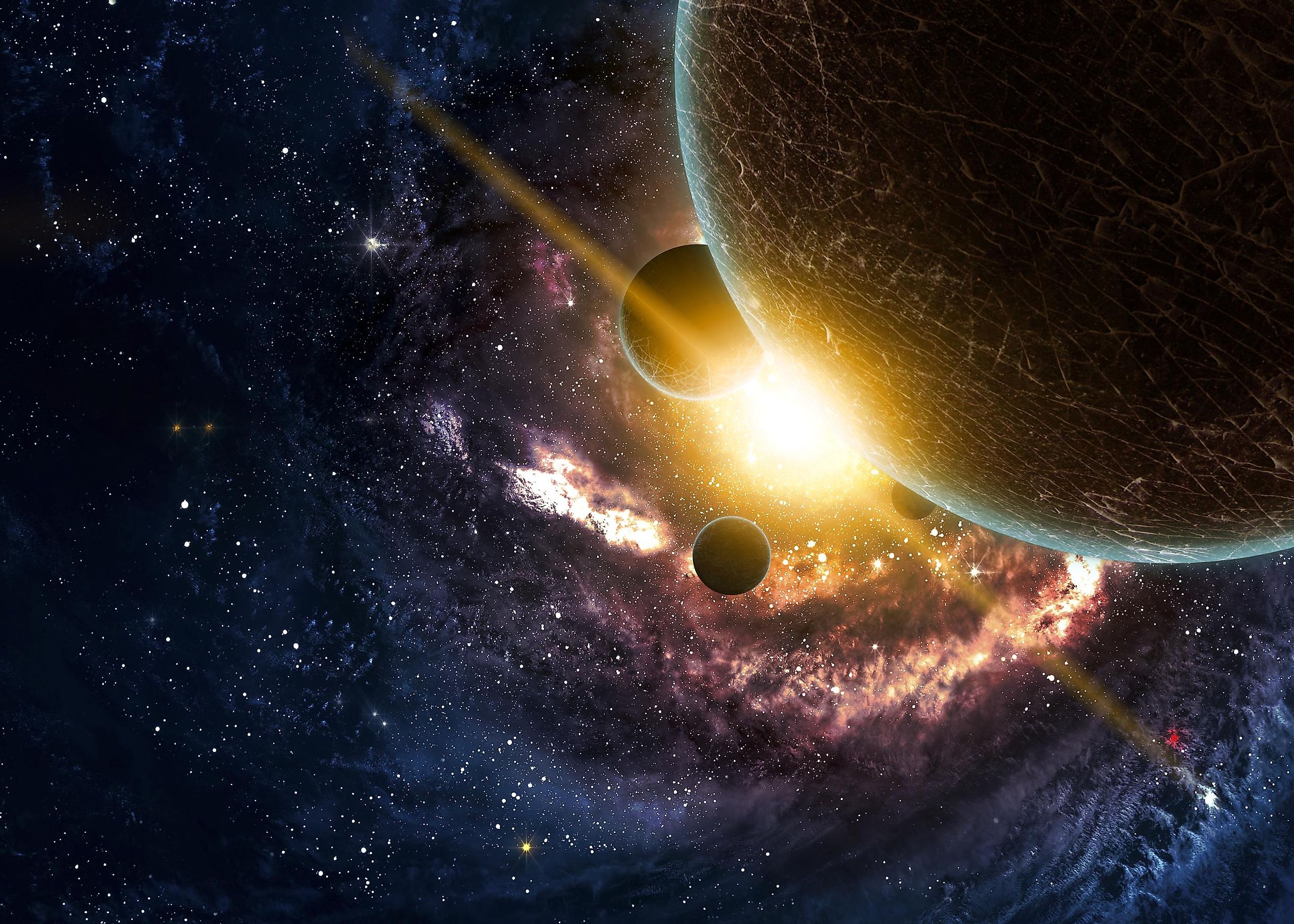
What Is The Difference Between A Star And A Planet?
Understanding the difference between a star and a planet is fundamental to astronomy and astrobiology. A star, such as our Sun, is a self-luminous sphere of plasma whose core hydrogen fusion generates vast energy, electromagnetic radiation, and gravitational influence. By contrast, a planet is a comparatively cool, opaque body that orbits a star, reflects its light, and lacks sustained nuclear fusion. Key distinctions include intrinsic luminosity, mass thresholds (~0.08 solar masses for fusion), formation pathways within protoplanetary disks, and spectral signatures.
In short, the difference between a star and a planet is that a star generates energy via core nuclear fusion and shines intrinsically, while a planet is a cooler, non-fusional body orbiting a star, reflecting light and hosting atmospheres.
What Is A Star?
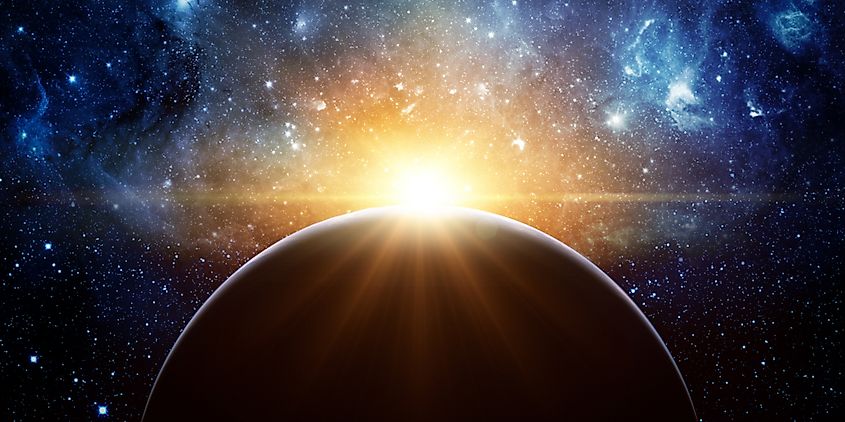
A star is defined as a celestial object whose mass is sufficient to trigger nuclear fusion. This process involves merging lighter atoms to create heavier ones. Within stars, the extreme pressures and temperatures at their cores facilitate the fusion of hydrogen atoms into helium. This reaction releases an enormous amount of energy, which sustains the star's brightness. An object must reach a critical mass to initiate nuclear fusion; otherwise, it cannot be classified as a star.
What Is A Planet?
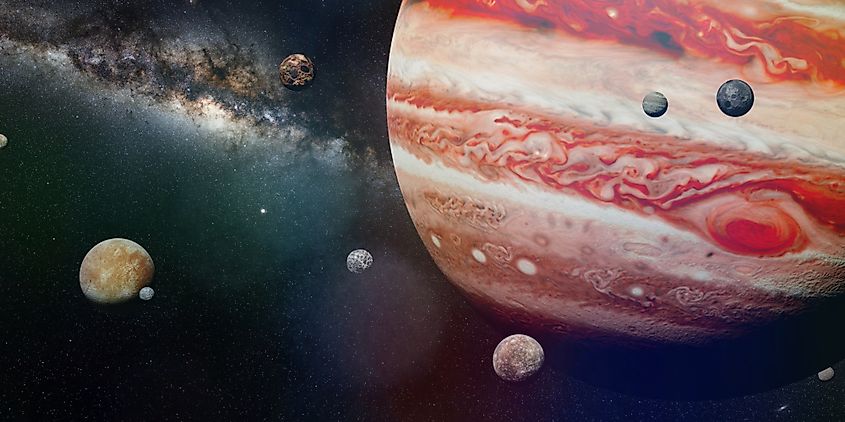
A planet is a spherical entity that revolves around a star and possesses sufficient mass to clear its orbital path of debris. Planets vary widely in mass. In our solar system, the eight planets differ greatly in both size and mass. Mercury, the smallest planet, has a mass just 0.055 times that of Earth. In contrast, Jupiter, the largest planet, has a mass equivalent to 318 Earths. While Jupiter is incredibly massive, it does not reach the mass needed to initiate nuclear fusion in its core.
Can A Planet Become A Star?
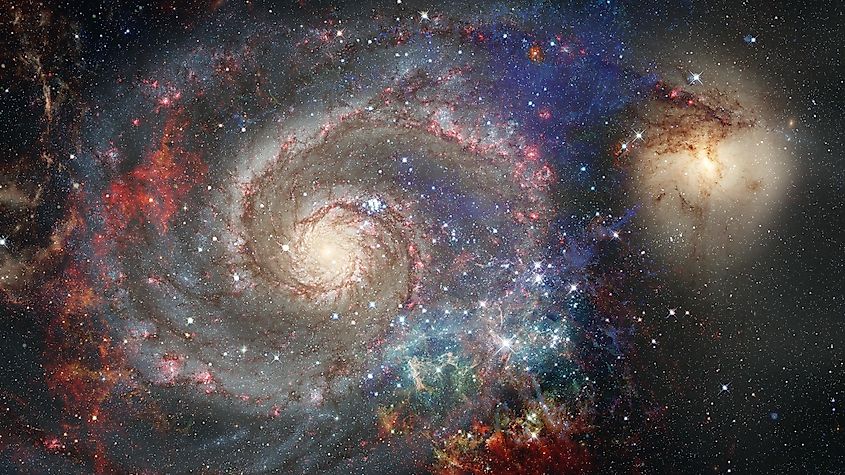
Every star starts its life in a remarkably similar manner. A vast cloud of hydrogen gathers and collapses under its own gravity. Stars originate as small aggregates of gas and dust, and as gravity intensifies, more material is drawn in, increasing the star's mass. Eventually, pressure and temperatures reach a critical threshold when the forming star accumulates enough mass, leading to the ignition of nuclear fusion. A hydrogen clump has transformed into a star.
Notably, this formation process resembles that of planets. Similar to the stars they orbit, planets gradually form from clusters of gas and dust. Over time, gravity facilitates this process, resulting in the emergence of a fully formed planet. If a planet’s mass were to continue increasing uncontrollably, it could eventually reach a stage where nuclear fusion initiates. Each star has a formative moment when it shares similarities with a planet like Jupiter. Like the Sun, Jupiter is mainly comprised of hydrogen and helium. In terms of composition, the Sun and Jupiter are quite alike; the key distinction is that Jupiter never attained sufficient mass for nuclear fusion. If a planet gathers enough material, it has the potential to become massive enough to evolve into a star.
Brown Dwarfs
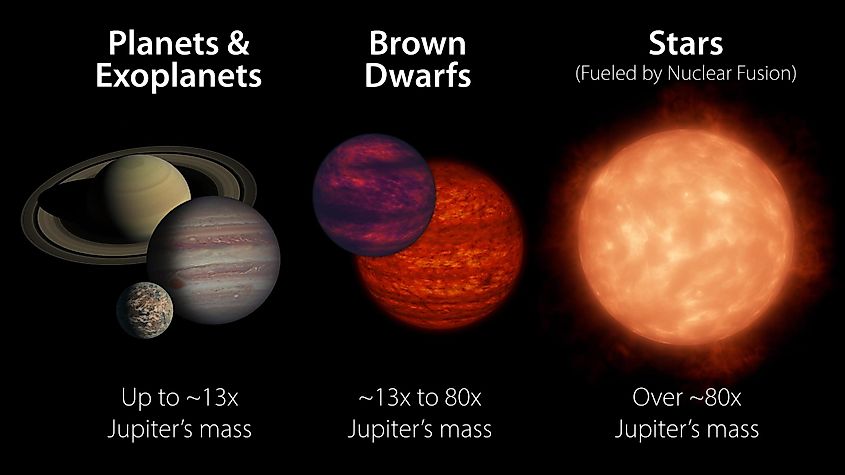
Once a star is formed through nuclear fusion, can it lose mass and turn into a planet? Theoretically, for a star to no longer be a star, it must lose enough mass to halt nuclear fusion. This phenomenon occurs only in brown dwarfs, which can be seen as failed stars. They occupy the space between gas giant planets and fully developed stars. Brown dwarfs are not small enough to be classified as planets, yet they also do not possess sufficient mass to qualify as stars. Rather, they exist in a transitional state between the two. By analyzing the masses of the smallest and largest brown dwarfs, astronomers gain insights into how massive a planet must be to evolve into a star. The smallest brown dwarfs have about 13 times the mass of Jupiter, while the largest ones reach approximately 85 times Jupiter’s mass. If a brown dwarf orbits a star, the star’s gravity can gradually draw in material from the brown dwarf, leading to a decrease in its mass over time, ultimately resulting in the brown dwarf becoming a gas giant planet.











